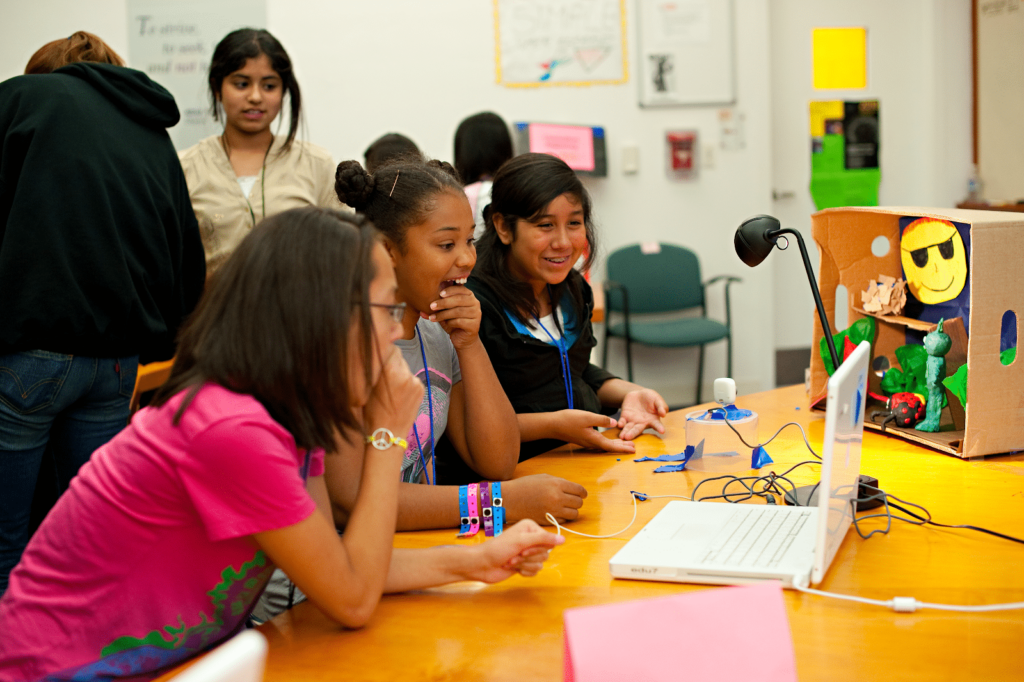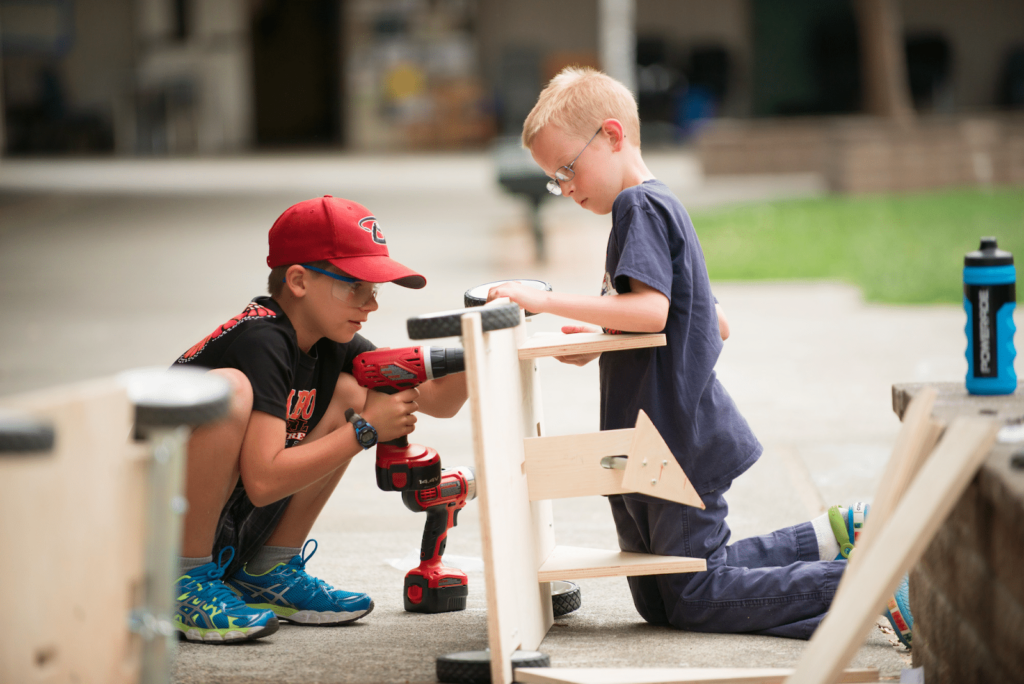It’s a sad truth, but bullying is viewed as one of the most pressing concerns in U.S. schools. The issue has developed an additional dynamic in the last 15 years with the increase in cyberbullying.
Most states have passed anti-bullying legislation, and some schools have managed to respond to the crisis by launching bullying prevention courses and initiatives. Unfortunately, these programs tend not to be based in research, and many don’t make a measurable impact in reducing bullying.
Dr. Michele Borba, an educational psychologist with three decades of knowledge on the topic, suggests that developing problem-solving skills in children can hinder peer cruelty. When kids learn to work together to solve problems, they improve on their social maturity and learn resilience and empathy.
According to social scientists, George Spivack and Miranda Shure, kids who learn problem-solving skills are less insensitive and aggressive, and more adept at “using their heads rather than their fists.” They’re also well-adjusted enough to make friends and fare better academically.
More often than not, bullies hurt others because they themselves are hurting in some way and they desire the power and control they lack elsewhere.
What Do Bullies and Their Targets Have in Common?
Bullies and their victims can actually share characteristics. They lack social skills and impulse control, find it difficult to resolve problems with others, think negatively and lose their tempers quickly. Consequently, finding ways to develop problem-solving skills positively impacts the entire school landscape.

However, it doesn’t totally eradicate the problem. Some perpetrators are the victims of bullies at home and elsewhere and are part of a vicious cycle. But it vastly improves the climate for learning.
Bully (2012) is one of many critically-acclaimed documentaries that will both disturb you and give you insight into the real-life nightmares that many children experience in school. It’s also a springboard for you to think about ways to address the topic with your kids, and to discuss strategies that will help them overcome bullying.
General problem-solving tactics are a good place to start. If you suspect that your child is a victim or perpetrator of bullying, conflict resolution isn’t always the answer. This is because you are dealing with one-sided contempt and not a two-way disagreement.
Strategies for Building Problem Solving Skills in Kids
Remember That You’re the Blueprint
Just by virtue of being around while you’re navigating life, your child will see real-world examples of how to solve problems. You are your kid’s primary role model for how to treat others and how to overcome challenges. If you behave negatively when thrown a curveball, then you can’t be surprised if this also manifests in your child’s behavior. Show them that you’re being respectful and kind. For example, if someone cuts in front of you in the grocery store checkout line, display assertiveness but not rudeness, especially because your kids are watching.
Find the Teachable Moments in Every Day
If you have more than one child, sibling arguments are some of the best fodder for teachable moments. When faced with an argument, call a family meeting and hash out the problem constructively and listen to each child’s responses individually.
But even if you have only one kid, there are plenty of opportunities in daily life where you can get your child to practice problem-solving. A disagreement on a playdate, perhaps? Ask your child how they could have reacted better. What options can they exercise that don’t break the rules that you or the school have in place for them?

Teach Them Basic Problem-Solving Steps
At our summer camps, we’ve developed a problem-solving approach that serves as the framework for helping our campers develop an innovator’s mindset. It starts with identifying the problem and an end goal, and through trial and error, creating a final product that goes through multiple rounds of evaluation and revision before it’s ready to share with the world.
You can follow the same process at home in several ways. First, you can start by identifying the problem and their end goal. Maybe it’s that they’re always late for the school bus and their goal is to be more on time.
Then by breaking it into bite-sized tasks, you can make the end goal more easily attainable. One helpful tool is creating a checklist, so one checklist in this situation might look like:
✔️ My homework is complete.
✔️ I ate my breakfast.
✔️ I brushed my teeth.
✔️ I packed my lunch.
✔️ My backpack is packed with what I need for today.
—
Developing a problem-solving, innovator’s mindset is what we aim to develop in each of our campers at Galileo. We’re firm believers that failure is inevitable—and that it brings us one step closer to a successful outcome. If you’re interested in learning more about our summer camps in your area, click the button below to find a location near you.



